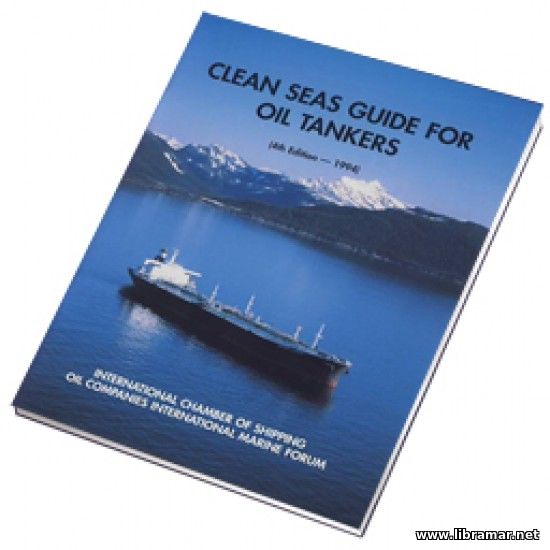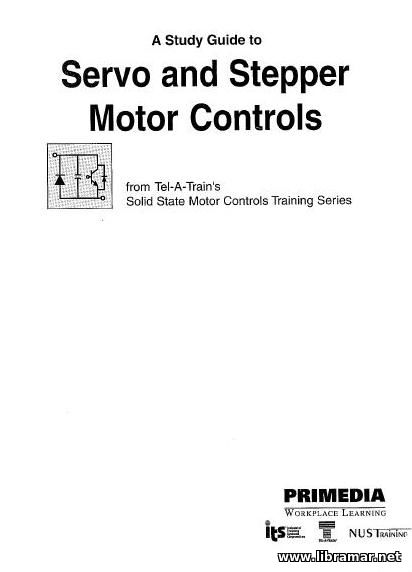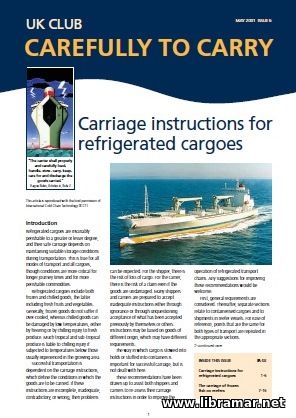Introduction to Offshore Rig Power
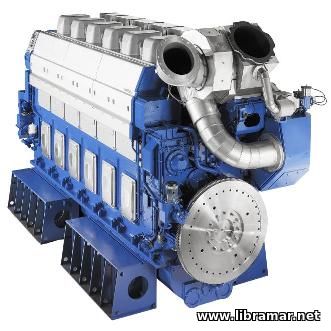
Power is required to run the shipboard or rig machinery. It is needed on every rig and normally comes from the internal combustion engines usually powered by diesel fuel. A rig may have from two to four engines, mainly depending on how deep the oil well is expected to be drilled. Bigger rigs typically possess three or four 1215 horsepower engines with 1200 kva generators that together may develop 4860 horsepower, or 3624 kilowatts.
The power generated by the engines is then transmitted to the rig components via mechanical or electrical drive. On mechanical rigs, belts, chains, sprockets, or pulleys transmit the power to electric motors at each of the components. Most of the rigs today are electric as they are much simpler to rig up and easier to maintain than mechanical rigs.
The rig power systems use the engines, i.e. prime movers together with the drives to generate and transmit power required for such fundamental activities as hoisting, circulating, and rotating. The rig prime movers convert the energy released by fuel combustion into the energy of motion and force. As noted above, a rig may need 2-4 engines with their aggregate power ranging somewhere between 500 and 5000 horsepower.
In the past, the natural gas was nearly valueless and it cost little to nothing to use large quantities of it to generate steam for operating a big drilling rig. Steam has almost disappeared as a source of power to use for the operation of rotary drilling rigs, however. Most rigs now use internal-combustion diesel engines producing more torque, or twisting force, at low speeds than do gasoline engines. This becomes a serious advantage when you drive the large equipment. There are some spark-ignition engines still remaining in use that burn natural gas or LPG. Gasoline is not used at all due to safety considerations - since the engines burn large quantities of fuel during the drilling, it would be necessary to store large quantities of fuel on board. As the gasoline is volatile, it would immediately affect the safety of the rig.
On mechanical-drive rigs, the power is transmitted from engines to the consumers such as the drawworks, the 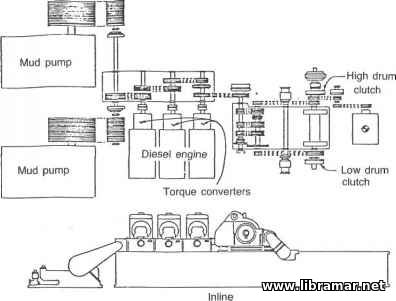 pumps, and other machinery through a transmission assembly referred to as the compound. It consists of clutches, couplings, pulleys, sprockets, chains, belts, and shafts. The engines are compounded, that is, joined, and power gets distributed to pumps, drawworks, rotary or top drive, and auxiliaries. Torque-converter drives from the engine to the compound are sometimes used.
pumps, and other machinery through a transmission assembly referred to as the compound. It consists of clutches, couplings, pulleys, sprockets, chains, belts, and shafts. The engines are compounded, that is, joined, and power gets distributed to pumps, drawworks, rotary or top drive, and auxiliaries. Torque-converter drives from the engine to the compound are sometimes used.
On diesel-electric rigs there are diesel engines to drive electric generators producing electricity sent through the cables to the electric switch-and-control gear. Then, the electricity is passed to electric motors directly attached to the equipment involved.
Nowadays, diesel-electric rigs have replaced the larger mechanical rigs. The diesel-electric rigs can be rigged up very quickly and this advantage makes them much more cost efficient. Note that they also allow to save energy and are more efficient. In addition, they allow the higher substructures that are normally required by deeper drilling. Such systems also require less space and are therefore preferable offshore.
On diesel-electric rigs, the prime movers turn electric generators that produce easy-to-control-and-transmit alternating current. There are SCRs, or silicon-controlled rectifiers, converting, or rectifying the AC to DC, which flows to the motors. Since the motors are powered by DC, their speed can be easily controlled.
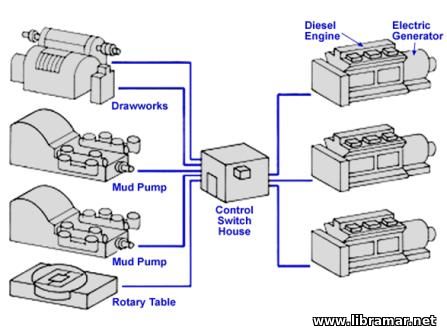 In the past, until the introduction and development of the SCRs, most offshore rigs were mechanical. The SCR, however, converts AC voltage - the electrical force - to DC. The driller varies the speed of the DC motor operating the drilling equipment and machinery. AC reverses its direction of flow through wires at regular intervals while DC flows through wires in only one direction. Though both AC and DC are is easy to control, transmit, the DC motors produce a lot of twisting force at relatively low speeds and this is their advantage over the AC motors.
In the past, until the introduction and development of the SCRs, most offshore rigs were mechanical. The SCR, however, converts AC voltage - the electrical force - to DC. The driller varies the speed of the DC motor operating the drilling equipment and machinery. AC reverses its direction of flow through wires at regular intervals while DC flows through wires in only one direction. Though both AC and DC are is easy to control, transmit, the DC motors produce a lot of twisting force at relatively low speeds and this is their advantage over the AC motors.
The arrangement of a rig's power system is far from standardized. The prime movers, the drawworks and other drilling equipment may actually be arranged in numerous ways, mainly depending on the drilling contractor's preference.
Variations in layout take power demand into consideration. The hoisting system, when pipe is being raised or casing being run, requires the heaviest power supply. The second biggest power consumer is the circulating system. Mud pumps may have their own power source of may be driven from the same engines that drive the rotary of the top drive requiring the least amount of power.
The "Read Later" function allows you to add material to this block with just one click. Just click on the icon and read the articles that interest you at any convenient time.
